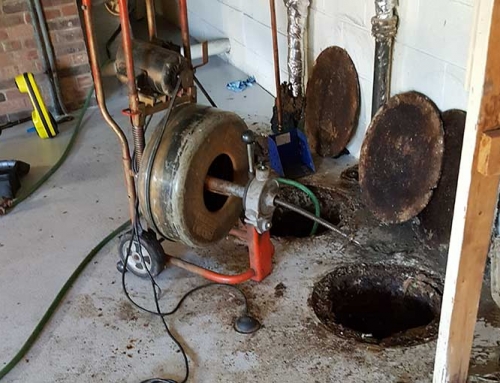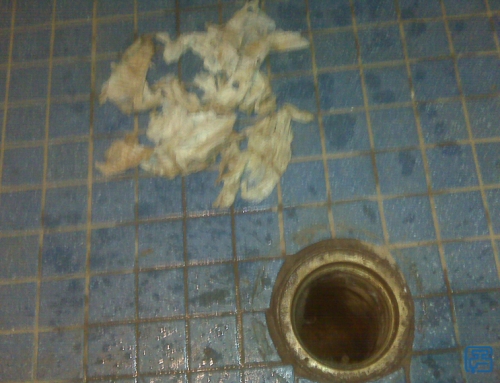When buying a faucet you need to make sure it will fit your sink. Your sink will have one, two, or three holes for the faucet. Plus, the holes will be either centerset or widespread. Make sure you have this information when you’re shopping. When in doubt, take the old one to the store with you. Here’s how:
Turn off the water supply. The valves are typically under the sink. If not, turn off the water at the main valve. Then turn on the faucet to relieve any water pressure left in the lines.
Disconnect the supply lines from the faucet. Use a basin wrench if you can’t reach the connections with your hands.
Remove the Drain. Unscrew the slip nut on the P-trap. Put a bucket underneath to catch water in the trap.
Disconnect the drain flange from the tailpiece. It should unscrew.
Clean around the old drain and faucet holes. Mineral spirits can help remove old silicone sealant.
Install the New Faucet, Follow the manufacturer’s directions for specific installation instructions. Most installations begin with installing the gasket on the bottom of the faucet. Some require sealant or plumber’s putty. Then put the faucet through the mounting holes in the sink and tighten the mounting nuts.
Not all faucets come preassembled so you might have to attach the handles. It’s easy. After you followed the manufacture directions make sure there are no leaks around the connections.
Flush the faucet by removing the aerator. This gets rid of debris or sediment in the faucet. Some faucets include a handy little tool to unscrew the aerator. When you’re done, keep it inside your vanity or with the rest of your tools. Turn on the hot and cold water for about a minute. Check all the connections for leaks and retighten if necessary. Screw the aerator back on and you’re done.








Recents Comments